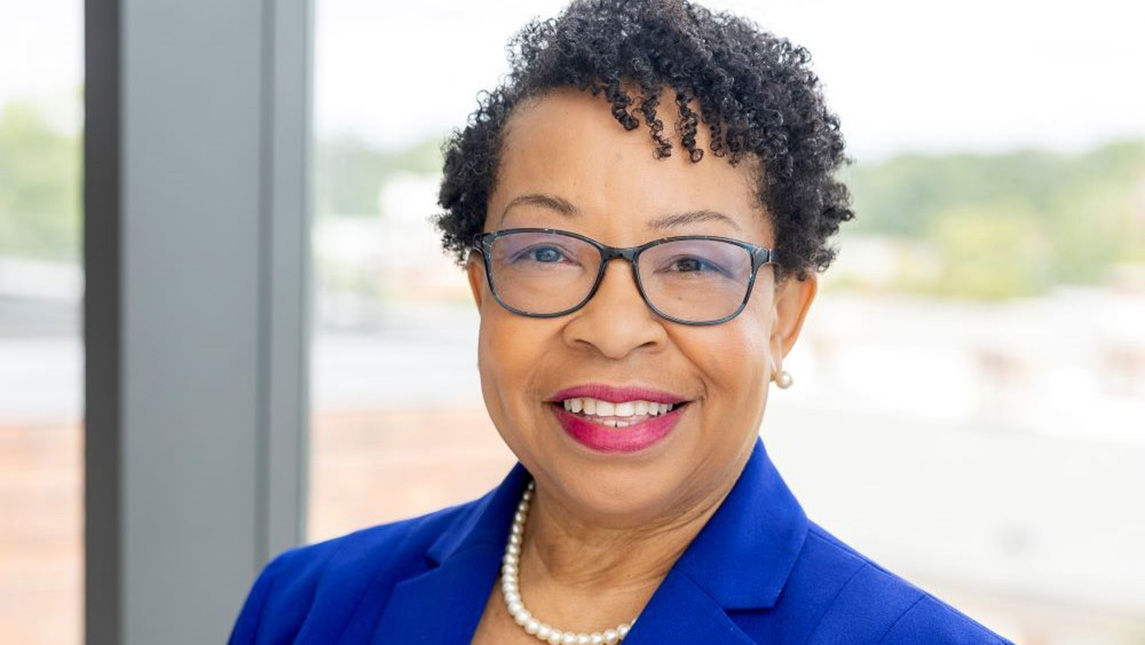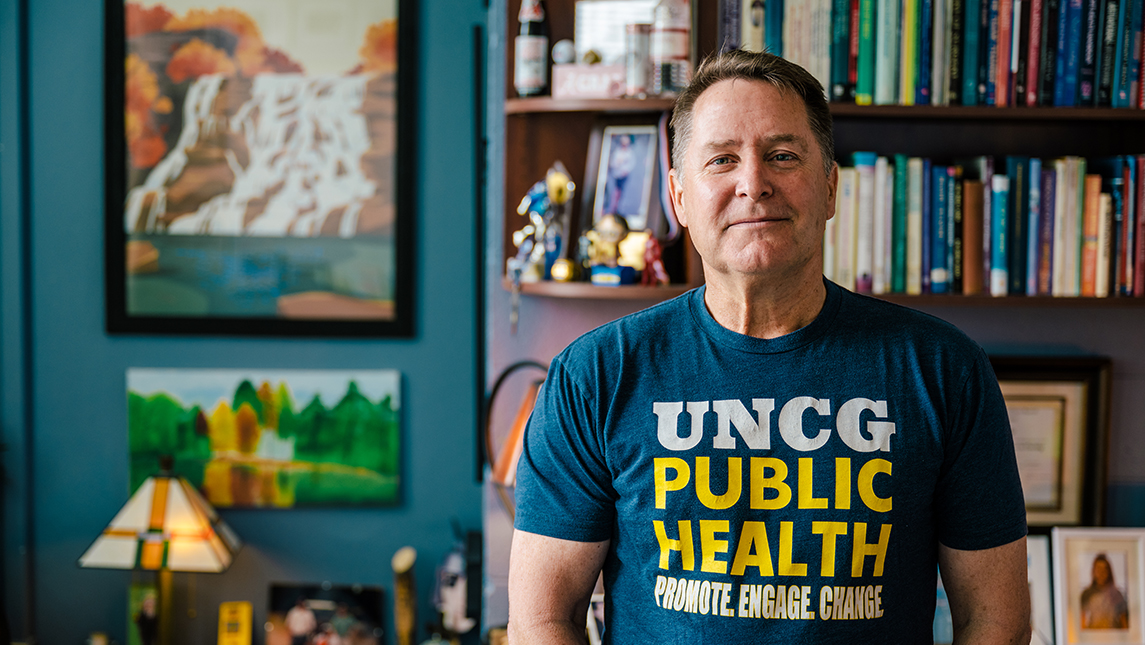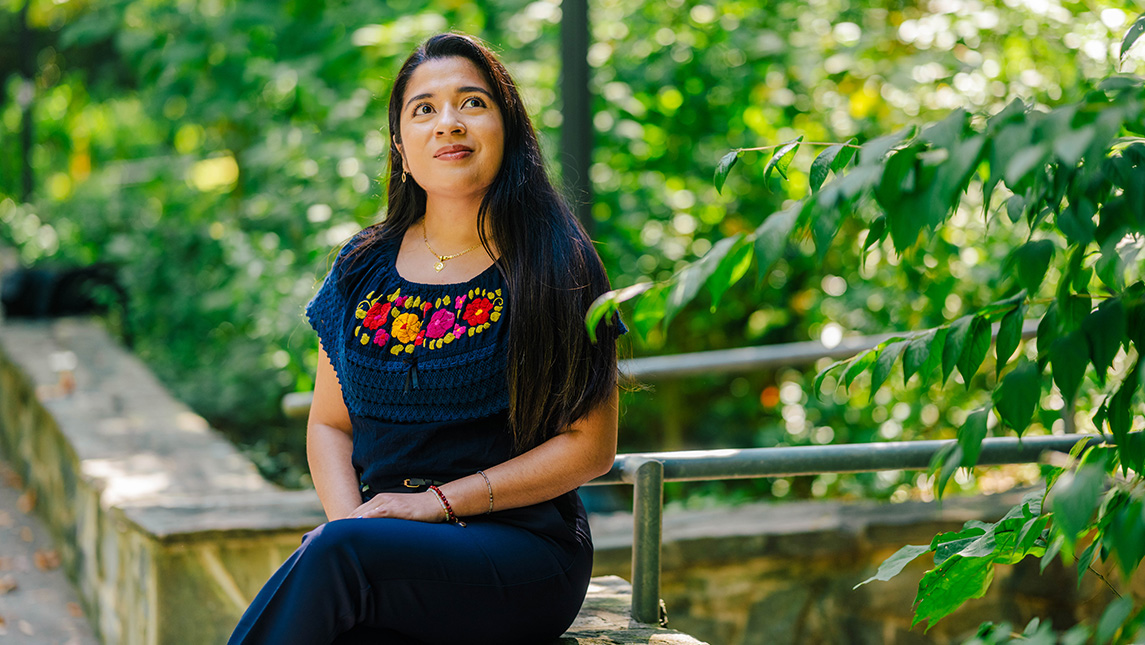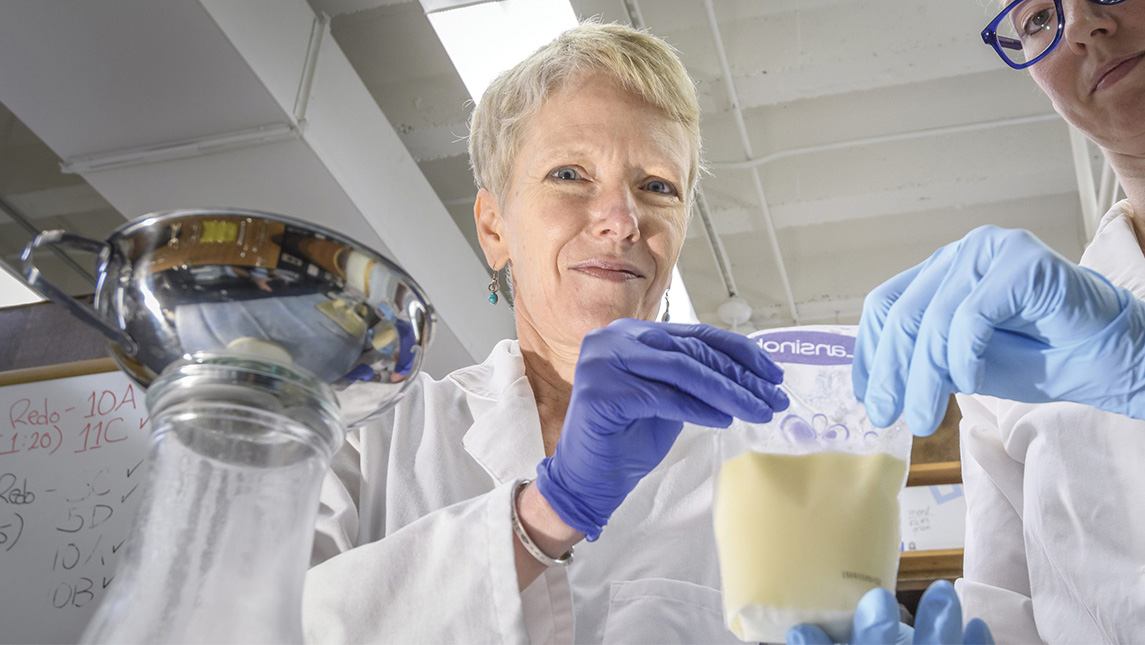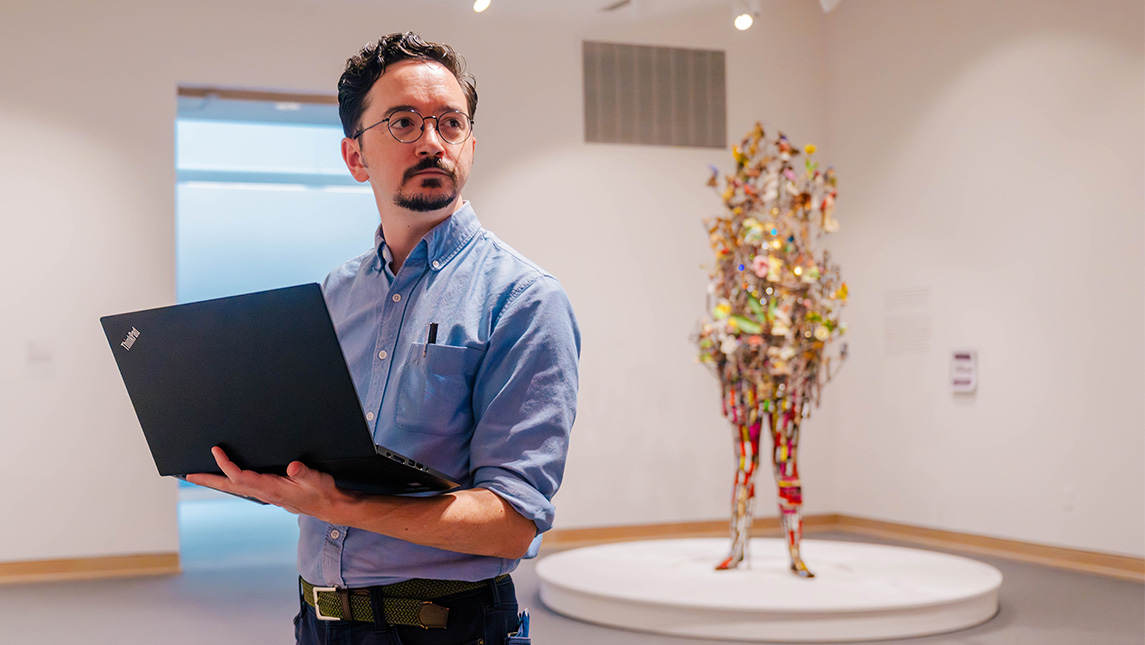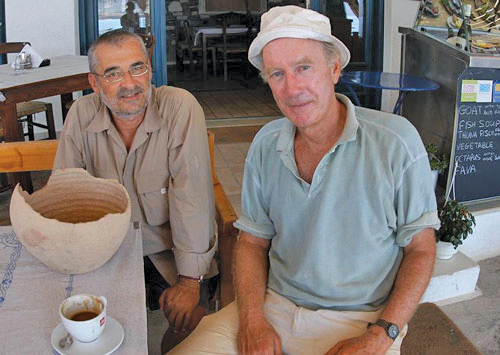
For the last 50 years, Dr. Jeffrey Soles of UNCG’s Department of Classical Studies has excavated on the Greek island of Mochlos, off the coast of Crete, unearthing the cultural life of a 5,000-year-old civilization.
Now his career is celebrated in “Kleronomia: Legacy and Inheritance: Studies on the Aegean Bronze Age in Honor of Jeffrey S. Soles,” co-edited by Dr. Joanne Murphy, recipient of UNCG’s Junior Research Excellence Award and the College of Arts and Sciences’ Senior Teaching Excellence Award. She is currently the head of UNCG’s Department of Classical Studies. She is also director of the Irish Institute of Hellenic Studies in Athens.
“We had over thirty authors, heavy-hitting archaeologists, who contributed to that volume,” says Murphy.
Soles’ work has produced some of the most significant finds in Aegean archaeology and has been supported through a National Geographic Society Research Grant, a National Endowment for the Humanities Fellowship, the Loeb Classical Library Foundation at Harvard University, and more. He was elected president of the Institute for Aegean Prehistory (INSTAP), a major supporter of Bronze Age archaeology throughout Greece, in 2021.
We can’t read the language of this Bronze Age culture, Soles explains, so excavations are crucial. “Everything we know about them comes from what we dig up.”
Mochlos was partially excavated in the early 20th century, but the work was never completed. “Dr. Soles was one of a small group of American archaeologists who returned to these neglected sites in the early 1970’s. Since then, our knowledge of Minoan culture has increased exponentially,” says Douglas Faulmann ’86, ’94 MFA, who has worked with the project for more than two decades.
Soles believes the Minoans on Mochlos exported purple dye and imported bronze. “Most of the men were fishermen. All the houses had looms. Weaving was ‘women’s work’ throughout antiquity, so I picture all the men out fishing and the women weaving and producing textiles dyed with purple.” He’s currently working to answer questions about religious shrines.
One iconic discovery is an ornately carved, rectangular jewelry box that Soles believes belonged to a priestess. “The ivory pyxis depicts the epiphany of the Minoan goddess on its lid. All its jewelry was still inside,” he says, “including a necklace of 90 amethyst beads, the ‘diamonds of antiquity.’”
Dr. Giorgios Doudalis, a volunteer on the dig in 2004 who now teaches at UNCG, was there.
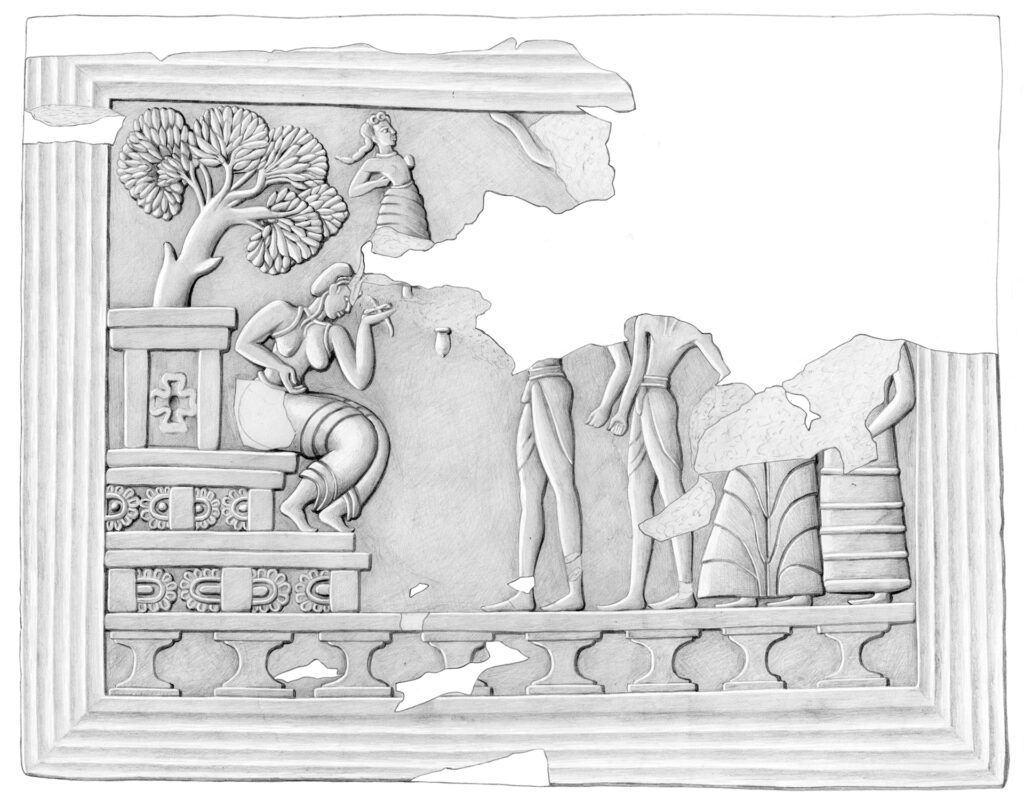
The box was found under a collapsed wall, he recalls. A mother and son teamed up to find it. The son saw something he thought was bone. On further examination, it was what Doudalis calls “one of the most spectacular finds in the Minoan world.”
“This is what excavation is – it’s noticing and understanding. If you are not specialized in this, you are one millimeter away from destroying history.”
The impact goes beyond research. “We are quite a diverse and inclusive excavation,” says Doudalis. “We have locals that are working with us on the field. We have professionals from different universities. We also have students from all around the world.”
The site’s treasures also draw visitors to the island, says Soles. “The mayor of the city of Siteia thanked me for filling the local museum with finds from Mochlos. I was very moved.”
Soles’ work has also impacted the lives of generations of UNCG Spartans.
Faulmann is one of many UNCG alumni who have pursued careers related to Soles’ work. He has been the chief illustrator for INSTAP since 1999. “The excitement and thrill of knowing that I’m holding something that was made by fine craftspeople 3,000-4,000 years ago never gets old.”
Luke Kaiser ’13, a former student of Soles’, remembers the thrill of his time on the excavation. After the workday, he and Soles would swim the distance between the island and the Cretan mainland, he recalls. Kaiser is one of the next generation of archaeologists working not only in the Aegean, but also across the United States.
“Archeology is one of these jobs that’s actually on the rise,” says Dr. Murphy. “We need more archeologists because of cultural resource management work. There’s a big need for that in America.” Cultural resource management ensures that new public works or other construction projects do not destroy archeological sites.
For Soles, the work continues. “We have an excavation planned where we think they made stone seals that have pictures of Minoan life and Minoan religious beliefs,” he says. That means he’ll be back in Crete this summer. Digging, discovering, and debating – as he has done for 50 years.
by Mercer Bufter ’11 MA
Courtesy photography







